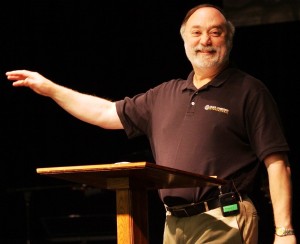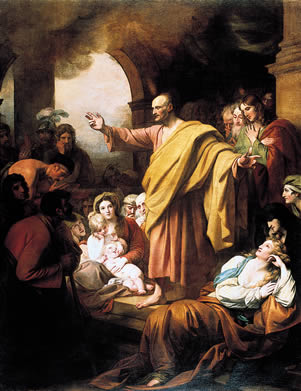Dear Brothers and Sisters,
 As I write, Tammy and I are in South Africa, where we have the joy of participating in two conferences with GCI brothers and sisters from various parts of the world. The first conference, now complete, was the International Mission Developers’ Conference in Johannesburg. The second, still in session, is the Pan-African Conference in Bela-Bela, north of Pretoria (see the map below). In this Weekly Update letter I’ll give you a brief report on each one.
As I write, Tammy and I are in South Africa, where we have the joy of participating in two conferences with GCI brothers and sisters from various parts of the world. The first conference, now complete, was the International Mission Developers’ Conference in Johannesburg. The second, still in session, is the Pan-African Conference in Bela-Bela, north of Pretoria (see the map below). In this Weekly Update letter I’ll give you a brief report on each one.
Pan-African Conference
 In this conference, hosted by Kalengule Kaoma and co-hosted by Tim Maguire, 70+ elders and other congregational leaders representing GCI churches in Africa are meeting with our Mission Developers and members of our home office team.
In this conference, hosted by Kalengule Kaoma and co-hosted by Tim Maguire, 70+ elders and other congregational leaders representing GCI churches in Africa are meeting with our Mission Developers and members of our home office team.
This is my first opportunity to meet several of our African church leaders. I’m humbled by their enthusiasm for the gospel and their love for our GCI church family. They traveled here from Angola, Botswana, Ghana, Kenya, Madagascar, Malawi, Mozambique, South Africa, Zimbabwe and Zambia.
Sadly, some African leaders were unable to attend the conference. Leaders from The Congo, Nigeria and Uganda could not obtain visas. Illness and other difficulties prevented the attendance of leaders from Benin, Burundi, Cameroon, Ivory Coast, Lesotho, Liberia, Mauritius, Namibia, Reunion, Rwanda, Swaziland, Tanzania and Togo. Our prayers are with them and we hope to see them in the future.



International Mission Developers (MD) Conference
Prior to the Pan-African Conference, our International Mission Developers met for four days with several GCI national leaders (Anthony and Jane Gachanja from Kenya, Gavin Henderson from the UK, and Emmanuel and Margaret Okai from Ghana), and members of our home office team (Charles Albrecht, Gary Deddo, Rick Shallenberger, Nathan Smith, Greg and Susan Williams, Tammy and I). During the conference, which was hosted by Tim Maguire, each MD gave a report concerning the region they serve. I’ve provided excerpts of their reports below.
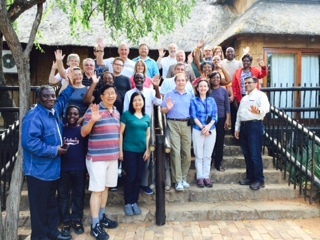
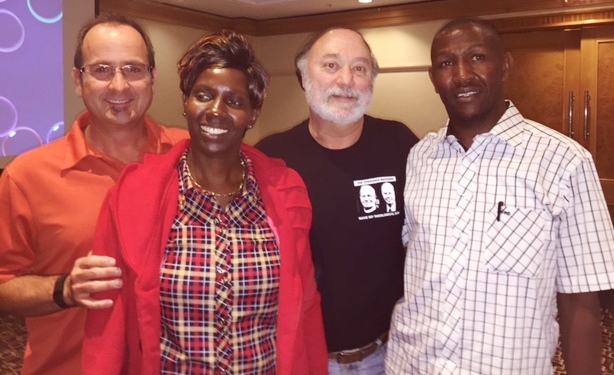
- John McLean, representing Australia, reported that churches that formerly preached what they were against, now share the inclusiveness of Christ. In a nation where helping others is part of the culture, our churches follow suit by reaching out to their communities, finding ways to help. They realize that if they want a seat at the community table, they must be actively involved within the community.
- Robert and Tonia McKinney, representing the Caribbean (standing in for Charles and Carmen Fleming, who were unable to attend for health reasons), shared that they are looking for more ways to equip the next generation. They also are training existing pastors and ministry leaders by offering ACCM classes throughout the Caribbean.
- Tim Maguire, representing the southern part of Africa, noted that he too is focused on training younger people for ministry. He shared that two younger men have recently been ordained and another has been approved. The “church under the tree” we’ve told you about is now meeting in a tent. That congregation consists of about 80% youth—they get excited when older people join!

- James and Shirley Henderson, representing Europe and the UK, talked about the challenge of being a Christian in Europe where believers are seen as suspect or archaic. Though this presents a challenge to our churches, they are excited about being part of GCI, and are reaching out within their communities. Much of the congregational ministry is conducted by volunteers, so James asked us to pray for these volunteers and for ideas on how to train and promote volunteerism.

- Eugene and Lulu Guzon, representing the Philippines, said that because of the relational nature of the Philippine people, evangelizing is more natural and people come to church because of those relationships. The latest trend is that people are coming to GCI because they find the message encouraging and positive—we have become known as a place to escape legalism. Over the last year, 150 members and three churches were added.
- Hector and Paulina Barrera, representing South America, are focused on discipleship. They have started a one-year training program to teach the Bible and theology to new leaders. Evangelical churches are growing in South America, and Hector and his team want to have leadership ready for that growth. Hector and Paulina will host next year’s MD Conference in Bogotá, Colombia.
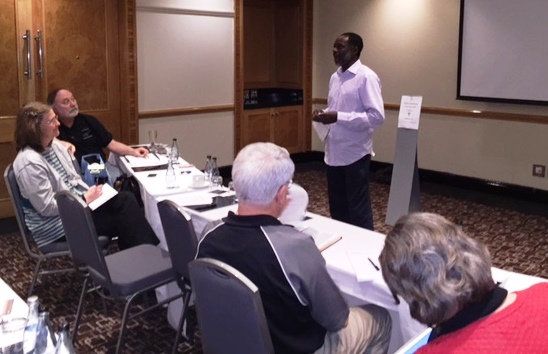
- Kalengule and Nsama Kaoma, representing eastern and western parts of Africa, talked about working with youth camps and with youth and children’s ministries to identify potential new pastoral leaders. Kalengule also told about his Pastor’s Basket project where he gives volunteer or partially compensated pastors seed money to invest in helping sustain their families. Some grow vegetables, others bake bread or other products to sell.
- Gary and Wendy Moore, representing Canada, talked about how an influx of immigrants into Canada (most are Christians) are having a positive impact in Canadian churches. Many of our GCI congregations in Canada have partnered with our congregations in Africa. Their contributions have made a tremendous impact on the growth in these African congregations. Wendy shared a devotional suggesting the difference between Christians and non-Christians is not about behavior, church affiliation or adherence to a moral code, but about our attitude of gratitude. As Wendy said, “The big story is that God has created, man has fallen, God has redeemed and will bring redemption to completion. For that we are eternally grateful.”

- Rod and Ruth Matthews, representing southern Asia and the South Pacific, gave daily updates on the impact of the recent devastating earthquake in Nepal. Our ministry partner in Nepal, along with his family and the 16 orphans in his home, were not harmed, but the infrastructure in that nation will take years to rebuild. We’ve sent money from our GCI Disaster Relief Fund to help. Rod mentioned two young teachers in Myanmar who recently contacted us and are excited about translating GCI literature into their local dialects.
- Greg and Susan Williams, representing the United States and Mexico, shared stories from the U.S. about how God has built things seemingly ex nihilo (out of nothing). Greg’s prayer is that God, who can do anything, will continue building up GCI by allowing the impact of his love to move us forward. Susan gave updates concerning Grace Communion Seminary and answered questions about classes and degree programs. She said, “Visiting South Africa has been a remarkable experience that I will not forget. The beautiful smiles and generous hospitality were vivid reminders of the bond we share in Christ. Our joyful fellowship demonstrated the messages of Christ’s love given by several conference speakers.”

A highlight of the MD conference was a presentation from Gary Deddo entitled “Jesus Christ: Spirituality, Eschatology, and the Kingdom of God.” Gary noted that in the Christian life, hope is as important as faith and love. Our hope is in Jesus and his kingdom. We live now with the first-fruits (the down-payment) of the kingdom—having the inheritance, yet waiting in hope and with patience for the day when the glory of our Lord’s reconciling victory over death and evil will be fully revealed. The Father, Son and Spirit will bring to completion all that God has begun both in us and throughout the entire universe down through history. Living now in that hope (along with faith and love), we provide a living sign of the kingdom’s coming fullness and of Jesus’ present rule and reign in every area of life—in every relationship, including our primary relationship of worship with the Father, Son and Spirit.
Enjoying our international connectivity,
Joseph Tkach






